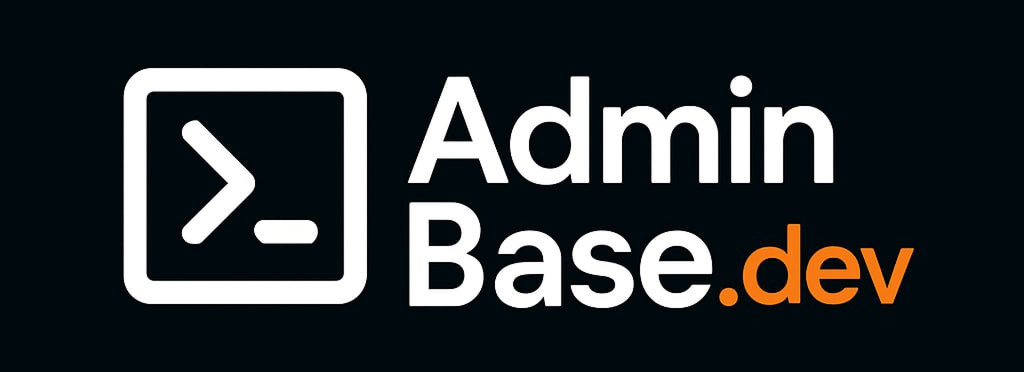GitHub Actions: Automate What You Were Already Doing Manually After Every Commit
If you’ve ever merged a pull request, then switched tabs to run tests or push a container by hand — yeah, that’s what GitHub Actions is for. It’s a way to stop forgetting the little steps, and to make sure your team runs things the same way you do.
It’s not a CI tool that lives somewhere else. It’s baked right into your repository. You drop a YAML file in a folder, commit it, and from then on, the machine does the work — when code changes, when tags appear, when someone hits the merge button.
What It’s Actually Good For
| Functionality | Why You Might Use It |
| Push-based automation | Run builds, tests, or checks when commits land |
| Manual or scheduled jobs | You can run things on demand or on a timer |
| Multi-env testing | Build/test across OS versions, languages, or configs |
| Secret management | API tokens live in the repo settings, not the code |
| Reusable steps | Thousands of ready-made actions (formatters, linters, cloud tools) |
| Workflow logic | Jobs can run in sequence or in parallel, based on results |
| Artifacts and cache | Keep test outputs, speed up rebuilds, archive logs |
| Logs on the PR itself | If something fails, you don’t need to ask — it’s right there |
The Kinds of Projects It Makes Easier
– Python app that needs tests on Ubuntu and Windows
– Docker image that should rebuild on version tag
– Static site that deploys on every push to `main`
– Config linter that blocks a PR if someone forgets a semicolon
– Anything that would normally require Jenkins, but shouldn’t
If the code’s on GitHub and you’re already doing these things manually — writing a workflow saves time on day one.
A Quick First Workflow
Inside your repo:
.github/workflows/build.yml
Example content:
name: Check Python
on:
push:
branches: [ main ]
pull_request:
jobs:
test:
runs-on: ubuntu-latest
steps:
– uses: actions/checkout@v4
– uses: actions/setup-python@v5
with:
python-version: ‘3.10’
– run: pip install -r requirements.txt
– run: pytest
Save, commit, push — and GitHub takes over.
Strengths and Realities
Why people stick with it:
– Already part of GitHub — no webhooks or pipelines elsewhere
– Easy to get started: drop a file and go
– Logs are attached to the commit or PR — less guessing who broke what
– Marketplace has hundreds of useful building blocks
– Free for public repos, and decent allowance for private
Things to be ready for:
– Workflow YAML grows fast — readability needs attention
– Testing workflows isn’t instant — debugging takes patience
– Matrix jobs can feel magical or painful, depending on how deep you go
– Not great for pushing to air-gapped systems
– Advanced usage (e.g. Docker-in-Docker) takes some effort
Final Thought
GitHub Actions won’t replace every CI system out there — and it’s not trying to. But for code that already lives on GitHub, it’s one of the lowest-friction ways to get repeatable workflows running early. Especially when you’re tired of doing the same things over and over again after every push.






